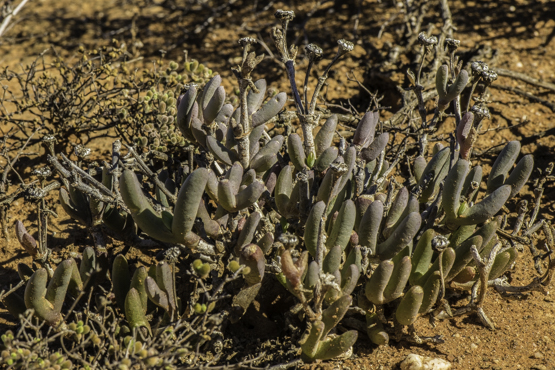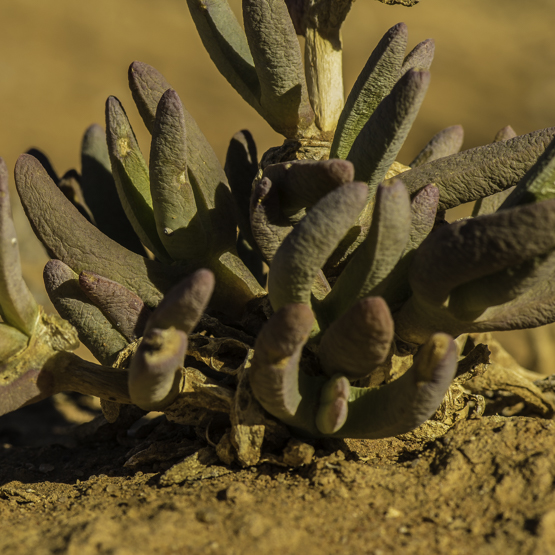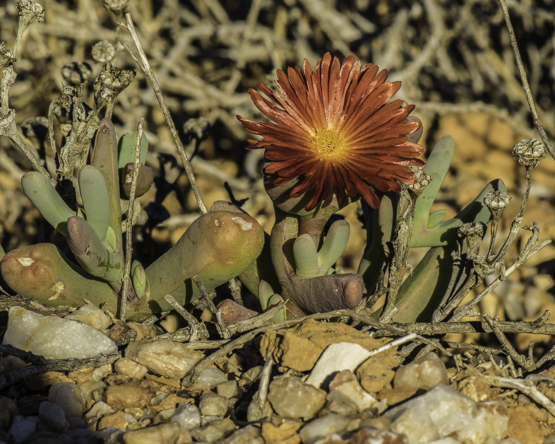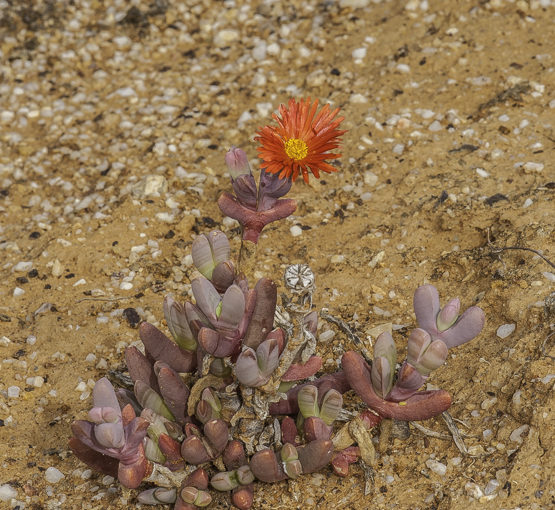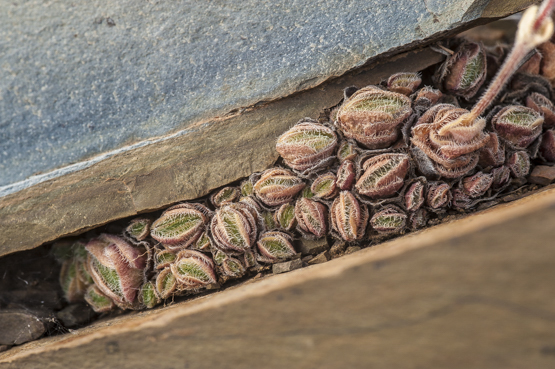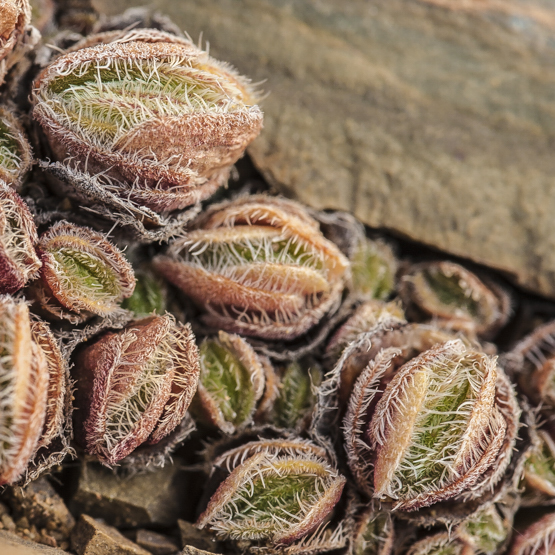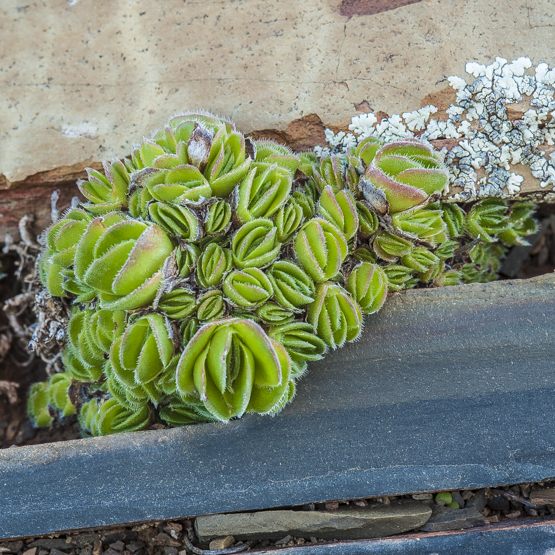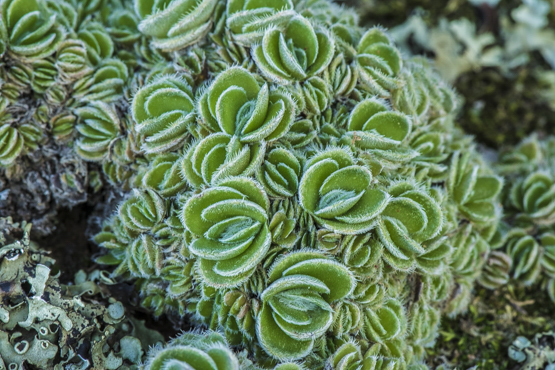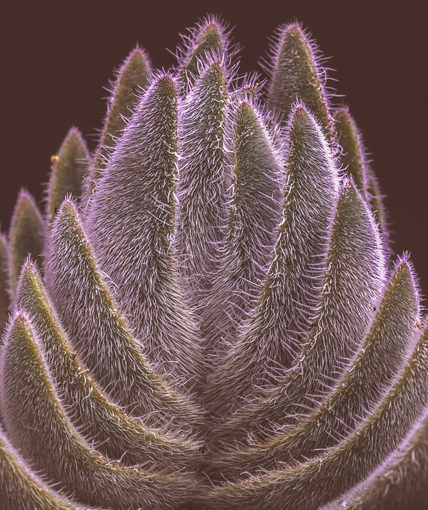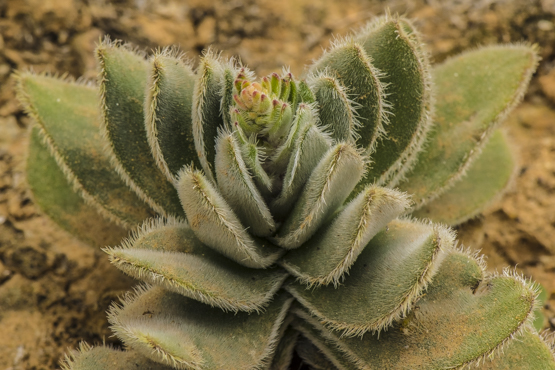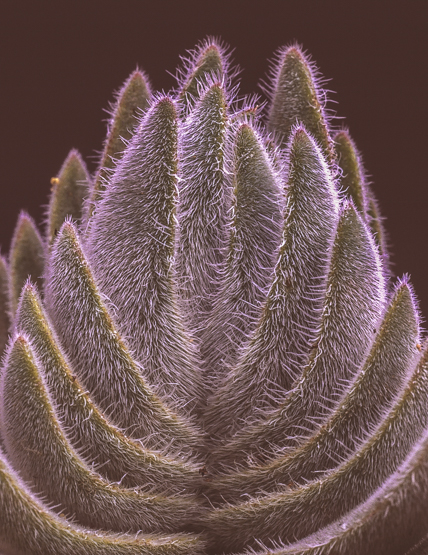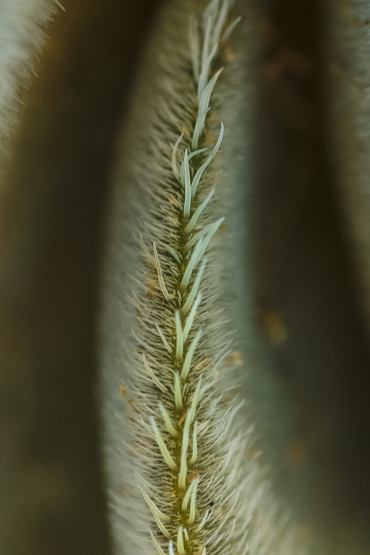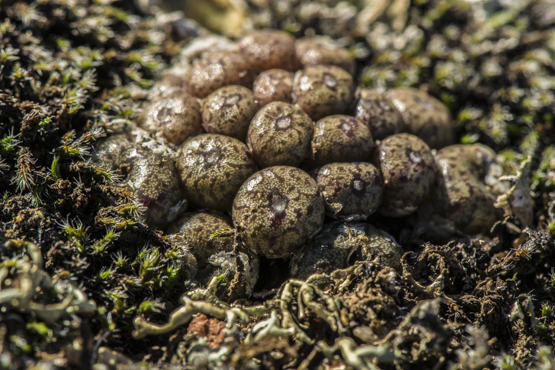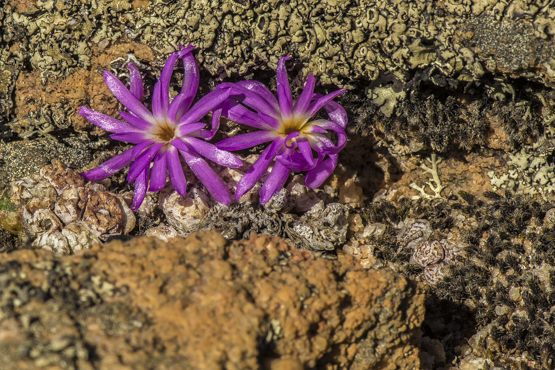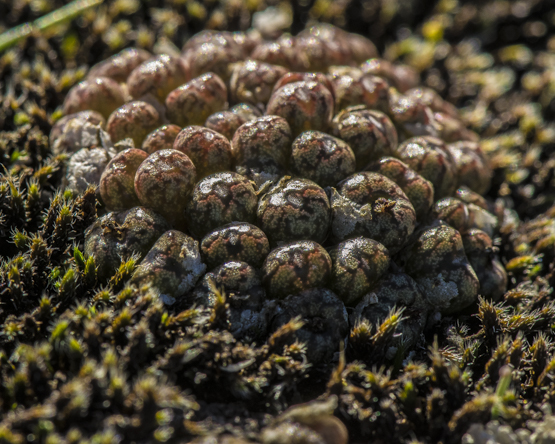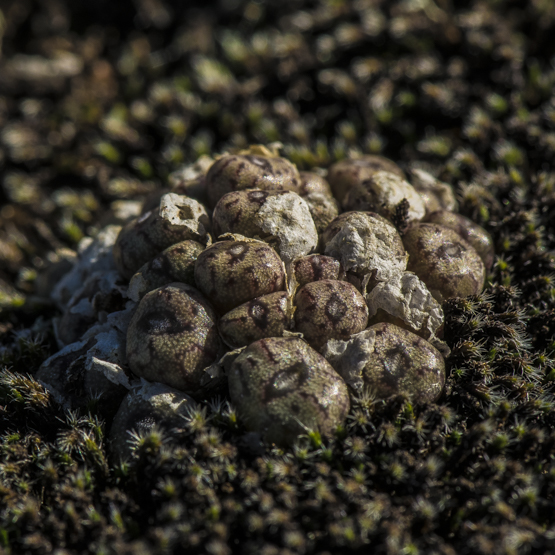Because of its beautiful flowers this species is often seen as a garden plant.
It may be up to 30 cm tall, with branches that are at first upright but later lie down.
The leaves are almost cylindrical, 5-9 cm long and 0.8-1 cm thick.
Its flowers are about 3 cm in diameter, bright purple outside and yellow or purple inside; they appear in July-Sept.
The species is found on loamy soil from the Namaqualand Hardeveld to the Knersvlakte.

